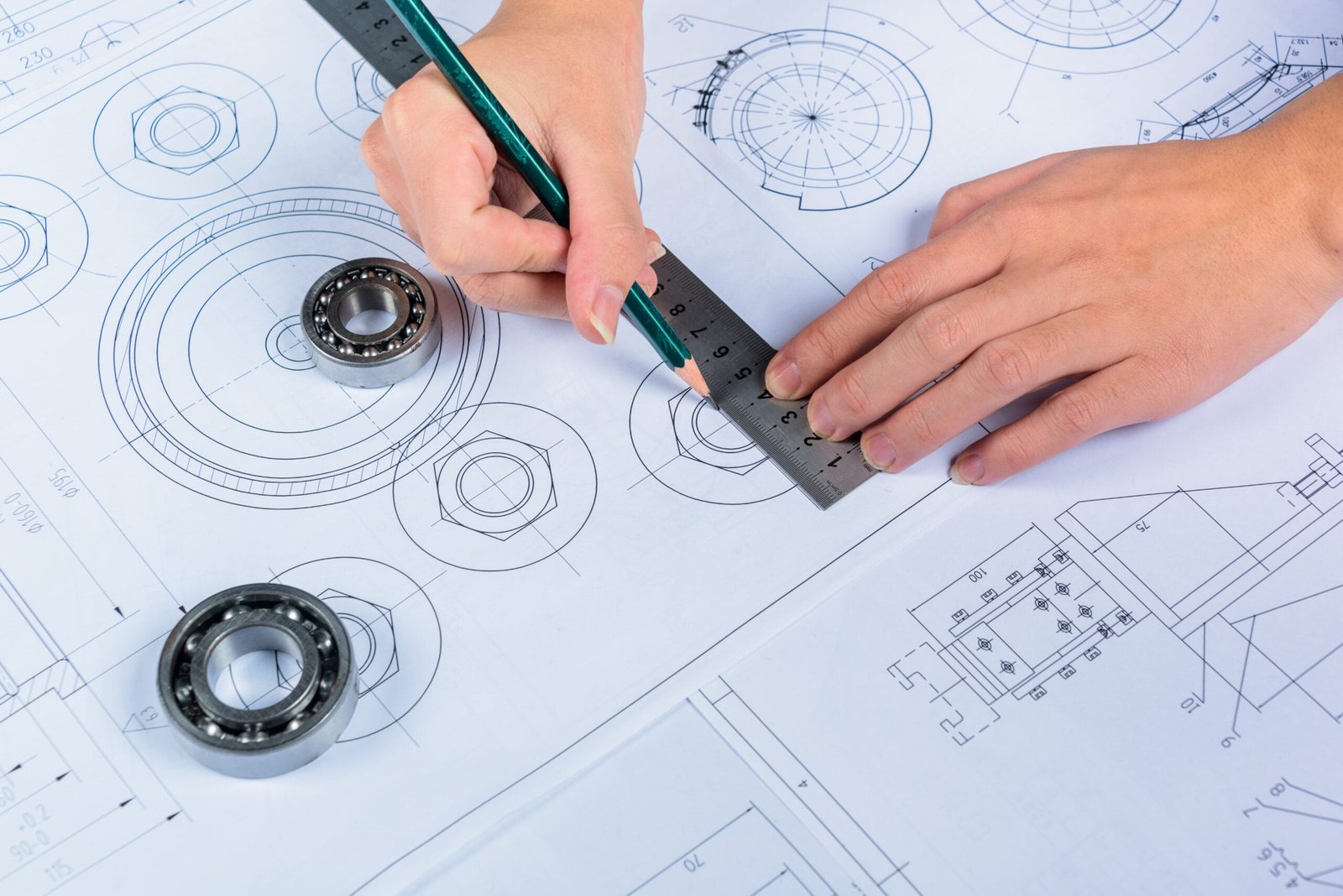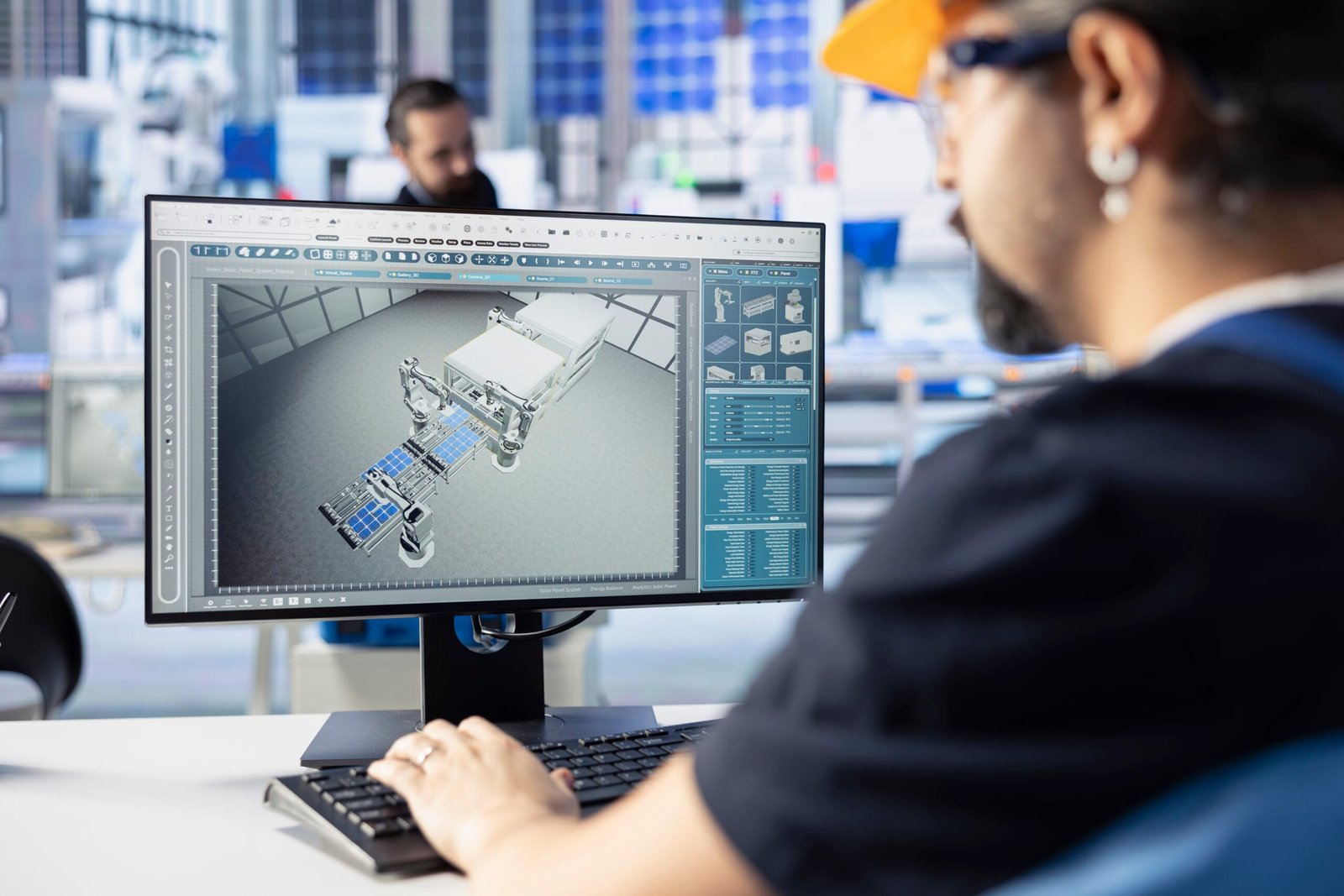Description:
This blog dives deep into the various Types of 3D Modeling Techniques used in the design and engineering industries. Learn how each method serves unique functions, particularly in the services offered by DesignHok.
Introduction
Types of 3D Modeling Techniques is a core part of modern design, from product engineering to architecture. It allows professionals to visualize, analyze, and communicate their ideas in a realistic and accurate manner. At DesignHok, 3D modeling is not just a tool—it’s a creative and technical process that transforms concepts into practical, manufacturable, or constructible realities.
Understanding the different Types of 3D Modeling Techniques is essential for choosing the right method for each project. Whether the goal is precision engineering, aesthetic visualization, or rapid prototyping, selecting the appropriate Types of 3D Modeling Techniques approach ensures efficiency, accuracy, and success.
1. Solid Modeling
Solid Types of 3D Modeling Techniques represents objects with complete volume and mass data. It is the most accurate form of Types of 3D Modeling Techniques used in engineering and manufacturing. In solid modeling, every object is represented with a closed volume that defines both its exterior and interior.
Applications in DesignHok:
- Mechanical design projects
- Product design and simulation
- Engineering analysis
Solid models are often created using software like SolidWorks, AutoCAD, or PTC Creo. They’re essential for CNC machining, 3D printing, and simulations involving physics or structural stress.
2. Surface Modeling
Surface modeling focuses on the exterior surface of an object without accounting for internal volume. This technique allows for high levels of detail and smooth, complex curves, making it ideal for products with intricate surfaces like car bodies, consumer electronics, and luxury goods.
Applications in DesignHok:
- Industrial design
- Automotive and aerospace prototyping
- Aesthetic product modeling
DesignHok uses surface modeling for conceptual renderings and to create high-quality visualizations for presentations and product development.
3. Wireframe Modeling
Wireframe modeling is the most basic form of 3D modeling. It uses lines and curves to represent the edges and contours of an object. While it doesn’t provide surface or volume data, it’s helpful during the initial design stages or when creating structural frameworks.
Applications in DesignHok:
- Early-stage design drafts
- Engineering concept illustrations
- Structural geometry definition
Though rarely used in final design stages, wireframe modeling is useful for visualizing internal structures or complex assemblies.
4. Parametric Modeling
Parametric modeling relies on parameters and rules to define the geometry of the model. This allows designers to make quick updates to parts or assemblies by simply modifying the defined parameters. It ensures design consistency and reduces the time needed for changes.
Applications in DesignHok:
- Product design with repeatable features
- Mechanical component libraries
- Efficient revision and version control
Popular software used for parametric modeling includes Autodesk Inventor and SolidWorks. This technique supports intelligent modeling and automation in complex projects.
5. Direct Modeling
Direct modeling allows users to manipulate geometry directly without being constrained by a history of features or parameters. It offers flexibility and speed, especially during concept development or when editing imported geometry.
Applications in DesignHok:
- Fast prototyping
- Conceptual design revisions
- Legacy model modification
DesignHok leverages direct modeling for projects where rapid iteration is key, helping clients see instant design changes without navigating complex model histories.
6. Polygonal Modeling
Polygonal Types of 3D Modeling Techniques is mostly used in 3D animation, visual effects, and gaming. It builds models using polygons (mostly triangles and quads), making it less suitable for precise engineering but perfect for high-detail rendering.
Applications in DesignHok:
- Marketing visualizations
- 3D product rendering
- Digital twin creation
Software like Blender, Maya, and 3ds Max are commonly used. Polygonal modeling helps DesignHok deliver impressive visuals for client presentations and marketing purposes.
7. NURBS Modeling (Non-Uniform Rational B-Splines)
NURBS modeling uses mathematical curves to create smooth surfaces, making it ideal for high-precision and visually appealing models. It provides smooth transitions and is widely used in industries where aesthetics matter.
Applications in DesignHok:
- Automotive and aerospace design
- Medical device modeling
- Jewelry and fashion design
Programs like Rhino 3D are often used for NURBS modeling. DesignHok applies this technique when surface continuity and aesthetics are crucial.
8. Subdivision Modeling
Subdivision modeling is a hybrid between polygonal and NURBS modeling. It begins with a simple mesh that is subdivided and smoothed to create complex and organic shapes. It’s great for character modeling and sculptural forms.
Applications in DesignHok:
- Concept models for product development
- Organic and fluid shape creation
- Prototyping ergonomic designs
Subdivision modeling provides flexibility for artistic exploration and is particularly useful in concept stages.
Conclusion
At DesignHok, every project starts with understanding the client’s vision and selecting the right modeling technique to bring that vision to life. Whether it’s a mechanical part that needs precise manufacturing specifications or a product prototype that must look and feel real, the right Types of 3D Modeling Techniques method makes all the difference.
From solid modeling for mechanical accuracy to polygonal modeling for visual appeal, DesignHok ensures each project is handled with the best tools and techniques in the industry. By combining technical expertise with creative innovation, DesignHok delivers outstanding design solutions across a range of industries.
FAQs
Q1: What is the most accurate 3D modeling technique used in engineering?
A: Solid modeling is the most accurate technique for engineering purposes. It represents both the exterior and interior of a model, making it perfect for manufacturing and analysis.
Q2: Which 3D modeling technique is best for product visuals and renderings?
A: Surface modeling and polygonal modeling are excellent for high-quality product visuals, as they provide smooth surfaces and detailed textures.
Q3: What software does DesignHok use for 3D modeling?
A: DesignHok uses a range of software including SolidWorks, AutoCAD, Rhino, Blender, and Inventor depending on the project requirements.
Q4: Can DesignHok modify existing 3D models?
A: Yes, using direct modeling, DesignHok can edit and update existing models without relying on a parametric history, making modifications faster.
Q5: What is the difference between parametric and direct modeling?
A: Parametric modeling is rule-based and ideal for designs that may need revisions, while direct modeling allows freeform changes without a feature history.
Q6: How does DesignHok choose the right modeling technique for a project?
A: The choice depends on the project’s goal—whether it’s for manufacturing, rendering, prototyping, or marketing—and the complexity of the design.





